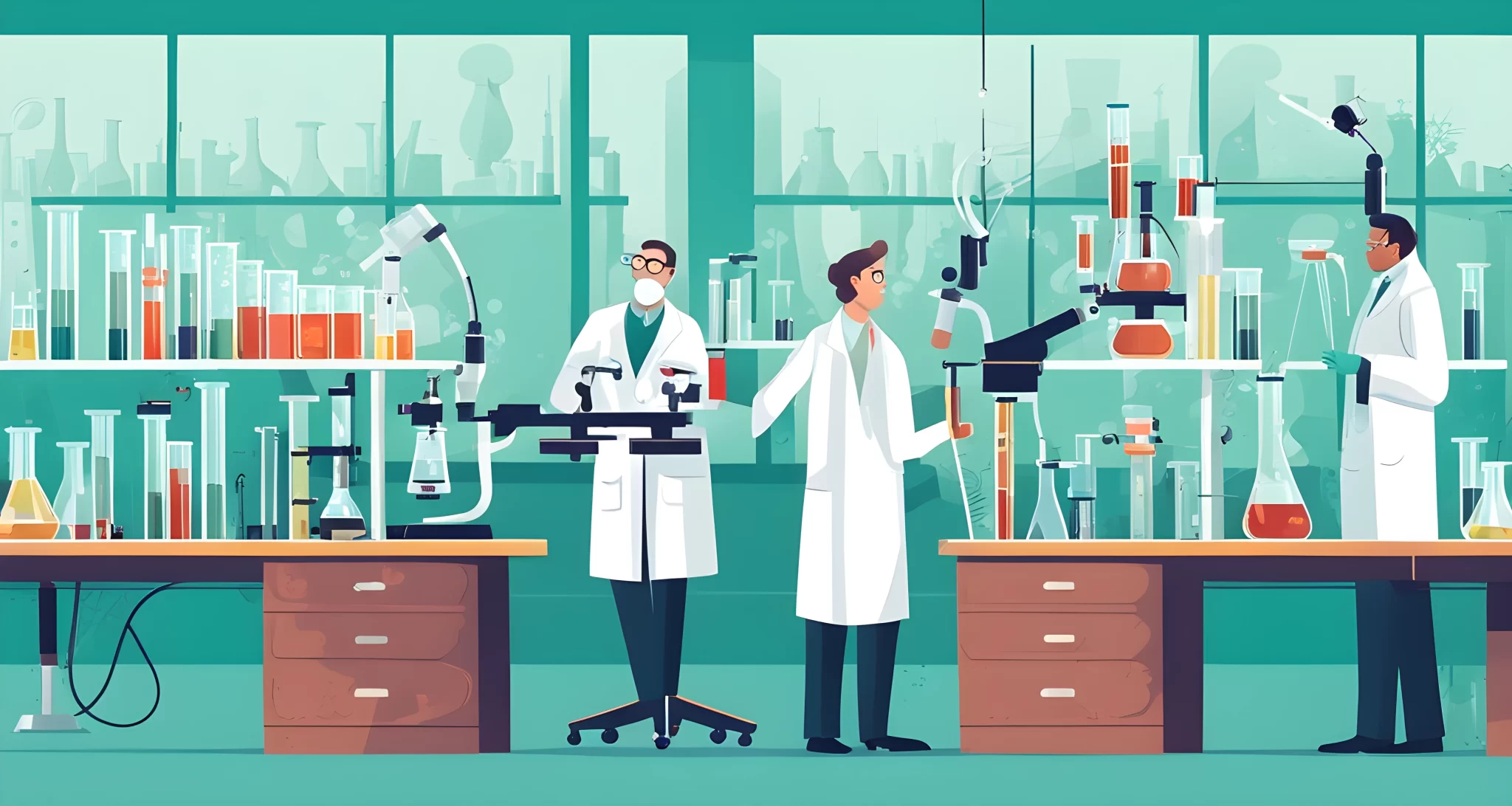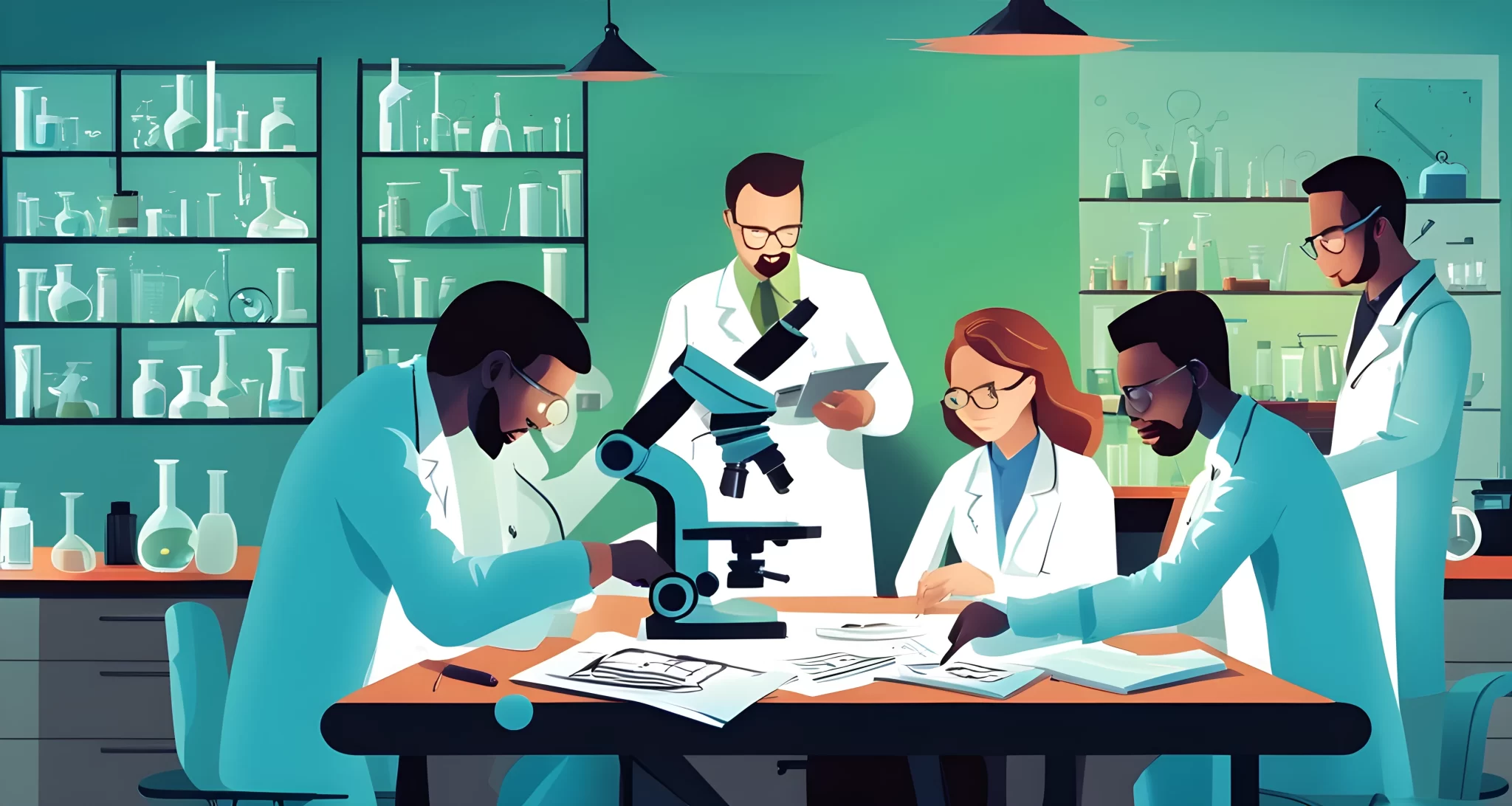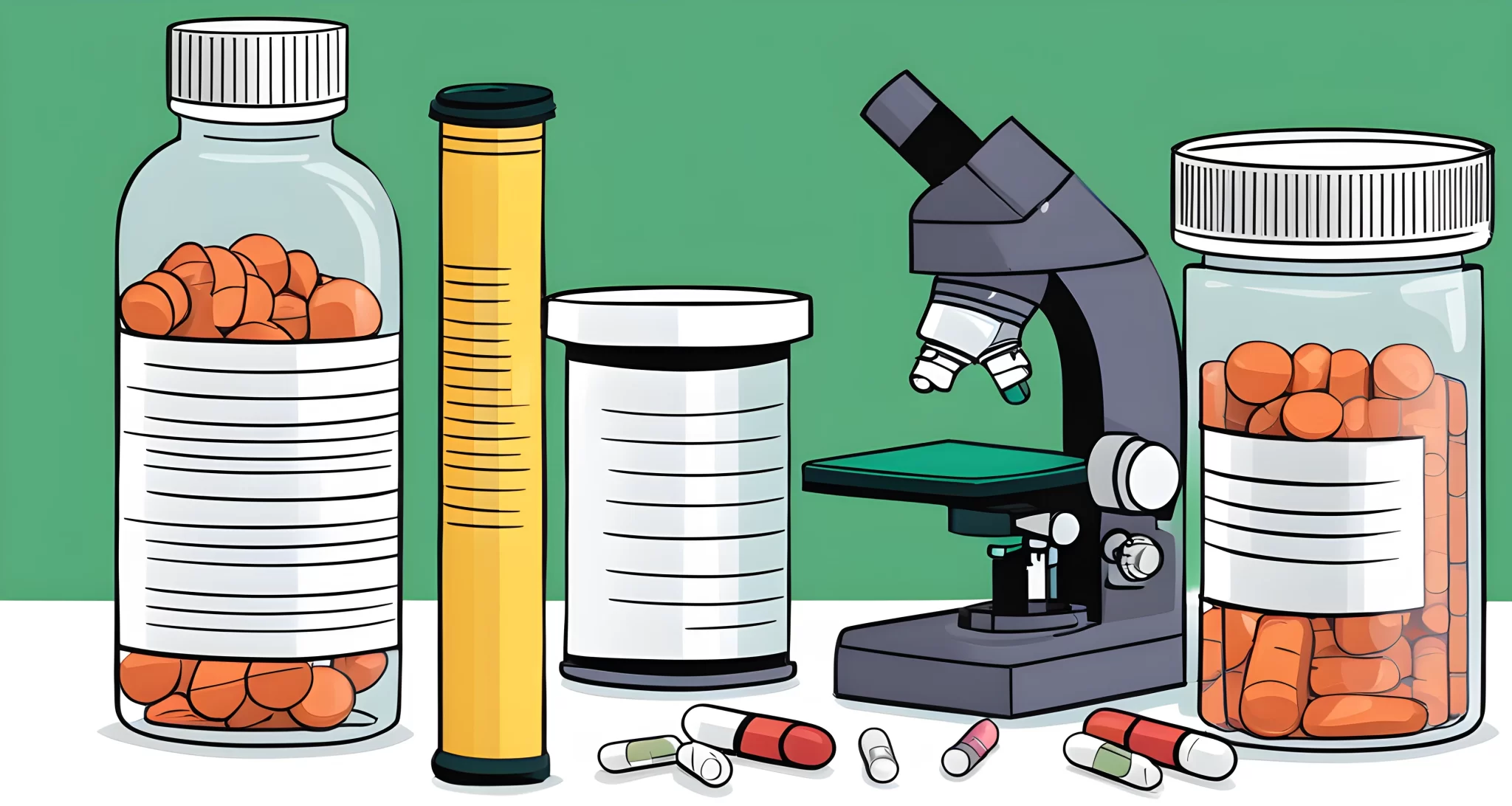Introduction
For decades, the conspiracy theory that Big Pharma is hiding a cure for cancer has been a topic of widespread speculation. The idea suggests that governments, pharmaceutical companies, and charities are colluding to suppress the cure for financial gain from existing treatments. According to this theory, the cure is readily available, inexpensive, and cannot be patented, so the medical establishment is suppressing it to maintain profits.
This notion has sparked intense debate and controversy within the medical and scientific communities. Many proponents of the theory argue that it is a deliberate effort to keep the public in the dark about potential life-saving treatments. However, the scientific community has vehemently denied these claims, citing lack of evidence and implausibility of such a large-scale cover-up.
The impact of this conspiracy theory extends beyond just the cancer research field. It has also influenced public perception of other controversial topics within the medical and scientific realms. For example, some individuals who believe in the Big Pharma conspiracy theory may also be more inclined to entertain other theories such as the COVID-19 origin debate – whether it was a lab-engineered or natural outbreak.
In this article, we will delve into the origins of this conspiracy theory, examine the evidence (or lack thereof) supporting it, and explore its broader implications. It is crucial to critically evaluate such claims in order to understand their impact on public trust in medical advancements and research efforts.

The Chemtrails Conspiracy Theory
The Chemtrails Conspiracy Theory has gained traction in recent years, with proponents claiming that the trails left behind by aircraft are actually chemical or biological agents deliberately sprayed for sinister purposes. While this theory has been widely debunked by experts from Cancer Research UK and other reputable sources, it continues to persist in various online communities and fringe groups.
Experts Debunk the Theory
According to experts, the idea of a single, universally applicable cure for cancer is unrealistic due to the complexity of cancer as a disease, which encompasses over 200 distinct types. Each type of cancer requires specific treatments, and the search for a cure involves extensive research and testing. This comprehensive understanding of cancer contradicts the Chemtrails Conspiracy Theory, as it highlights the complex nature of diseases and their treatments.
Pharmaceutical Companies and Profitability
The debunking of the Chemtrails Conspiracy Theory also addresses concerns about pharmaceutical companies hiding a cure for cancer. Experts argue that the extensive research and testing required to find cures for various types of cancer would not be profitable for pharmaceutical companies to hide. This aligns with the broader skepticism surrounding conspiracy theories related to Big Pharma and their alleged suppression of cures.
Impact on Other Conspiracy Theories
The persistence of the Chemtrails Conspiracy Theory reflects a broader trend in the proliferation of misinformation and conspiracy theories in modern society. This phenomenon has implications for public health, scientific literacy, and critical thinking. It is important to address these conspiracy theories through education, reliable information sources, and critical analysis.
For more information on debunking other conspiracy theories, such as climate change myths, you can check out Climate Change Myths article for a comprehensive overview of this topic.
In conclusion, while the Chemtrails Conspiracy Theory may continue to circulate online, it is crucial to rely on evidence-based information and expertise to debunk such myths and promote scientific understanding.

Proponents of the Theory
The proponents of the chemtrails conspiracy theory believe that pharmaceutical companies, specifically "Big Pharma," are intentionally releasing harmful chemicals into the atmosphere. These chemicals are allegedly designed to cause a variety of health issues in order to increase the demand for pharmaceutical products. Some of the main arguments put forth by proponents include:
-
Mistrust of Pharmaceutical Companies: Many believers in the chemtrails theory have a deep-seated mistrust of pharmaceutical companies, often citing past scandals and cover-ups as evidence of their untrustworthiness.
-
Suspicious Cloud Patterns: Proponents often point to unusual cloud formations in the sky as evidence of chemical spraying, claiming that these patterns are not consistent with typical contrails from aircraft.
-
Alleged Health Effects: Believers in the theory claim that exposure to these chemicals through inhalation can lead to a range of health problems, including respiratory issues and even cancer.
-
Suppressed Cancer Cure: One particularly extreme version of the theory suggests that pharmaceutical companies are deliberately suppressing a cure for cancer in order to continue profiting from expensive treatments. This ties into another popular conspiracy theory surrounding the pharmaceutical industry.
It’s important to note that the scientific community overwhelmingly rejects these claims, citing lack of evidence and scientific plausibility. In fact, a study by David Robert Grimes demonstrated that the scale of such an operation would make it statistically improbable and highly vulnerable to leaks within a few years.
The chemtrails conspiracy theory has also had an impact on other conspiracy theories, as believers often tie it into larger narratives about government control and corporate greed. For more information on how conspiracy theories intersect and influence each other, check out this article on Reality Ancient Aliens Myth.

Scientific Community Response
The scientific community has been quick to debunk the Chemtrails conspiracy theory, citing a lack of credible evidence to support the claims made by proponents of the theory. Numerous studies have been conducted to analyze the composition of contrails, and they have consistently found that they are simply ice crystals and do not contain any harmful chemicals or substances.
Cancer Research Commitment
Moreover, cancer researchers are driven by a desire to create new treatments that help people, not by a desire to suppress a cure for financial gain. They are motivated by the suffering caused by cancer and the need to find effective solutions. The dedication of the scientific community to finding a cure for cancer is evident in their tireless efforts to conduct rigorous research and clinical trials in pursuit of groundbreaking treatments.
Lack of Credible Evidence
The scientific community has emphasized that the Chemtrails conspiracy theory lacks credibility due to the absence of verifiable evidence. Conspiracy theorists often rely on anecdotal accounts and manipulated data to support their claims, which stands in stark contrast to the rigorous standards of evidence-based research conducted by reputable scientists.
Debunking Misinformation
Furthermore, scientists have actively worked to debunk misinformation surrounding the Chemtrails conspiracy theory through public outreach and education. By providing accessible information and engaging with the public, they aim to dispel myths and foster critical thinking about scientific topics.
Implications for Other Conspiracy Theories
The debunking of the Chemtrails conspiracy theory by the scientific community has broader implications for other conspiracy theories. It underscores the importance of critically evaluating claims and seeking out reputable sources of information. By promoting rational inquiry and evidence-based reasoning, scientists are playing a crucial role in countering misinformation and promoting a more informed society.
In conclusion, the response from the scientific community emphasizes their commitment to conducting rigorous research, debunking misinformation, and promoting critical thinking in addressing conspiracy theories like Chemtrails. Persuasive Manipulation

Impact on Other Conspiracy Theories
The Chemtrails conspiracy theory has had a significant impact on other conspiracy theories, influencing the way they are perceived and the level of credibility they hold. Here are some ways in which the Chemtrails theory has impacted other conspiracy theories:
-
Increased skepticism: The widespread belief in the Chemtrails theory has led to an overall increase in skepticism toward other conspiracy theories. People are now more likely to question the validity of other theories, leading to a general atmosphere of distrust.
-
Association with fringe beliefs: The Chemtrails theory has been associated with fringe beliefs and extreme conspiracy theories, causing other theories to be labeled as similarly unbelievable or far-fetched.
-
Heightened scrutiny: As a result of the intense scrutiny and debunking efforts directed at the Chemtrails theory, other conspiracy theories have faced increased attention and skepticism from the scientific community and the public.
-
Connection to global control narratives: The belief in Chemtrails has been linked to broader narratives about global control and manipulation by shadowy forces. This association has influenced how other conspiracy theories are perceived, often casting them in a similar light.
The impact of the Chemtrails theory on other conspiracy theories cannot be overstated. It has shaped public perceptions, increased skepticism, and influenced how other theories are received and regarded. As such, it is important to consider the wider implications of conspiracy theories and their potential influence on broader societal attitudes.
For more insights into global conspiracy theories and secret societies, check out Secret global societies for a deeper understanding of how these narratives intersect and influence each other.
FAQ
Is big pharma really hiding a cure for cancer?
According to experts from cancer research uk and other reputable sources, the idea that big pharma is hiding a cure for cancer has been thoroughly debunked. the complexity of cancer as a disease, with over 200 distinct types, makes the notion of a single, universally applicable cure unrealistic.
Why would pharmaceutical companies hide a cure for financial gain?
The logic behind the conspiracy theory is that the cure is readily available, cheap, and cannot be patented, so the medical establishment is suppressing it to maintain profits. however, the search for a cure involves extensive research and testing, which would not be profitable for pharmaceutical companies to hide.
Could a secret of this scale really be kept hidden?
Statistically, it is improbable that such a large-scale secret could be kept hidden. even with only the largest pharmaceutical companies involved, there would still be around 714,000 people who knew something about the cure. it would only take around 3.17 years for someone to leak the information.
What motivates cancer researchers in their work?
Cancer researchers are driven by a desire to create new treatments that help people, not by a desire to suppress a cure for financial gain. they are motivated by the suffering caused by cancer and the need to find effective treatments.
